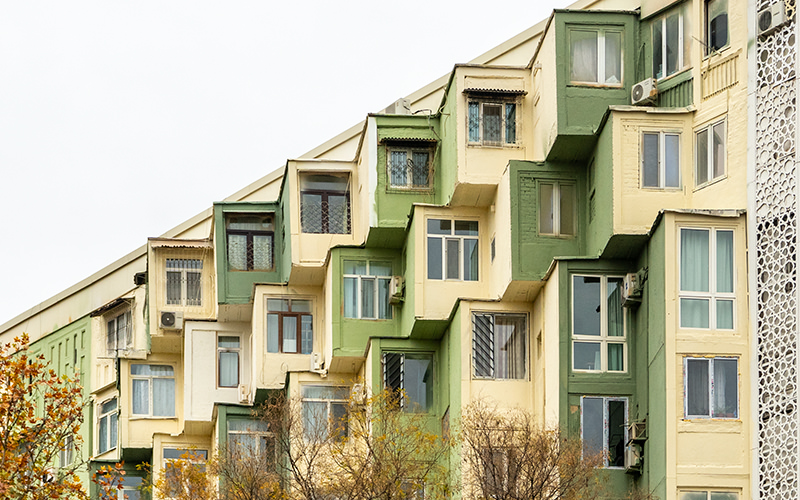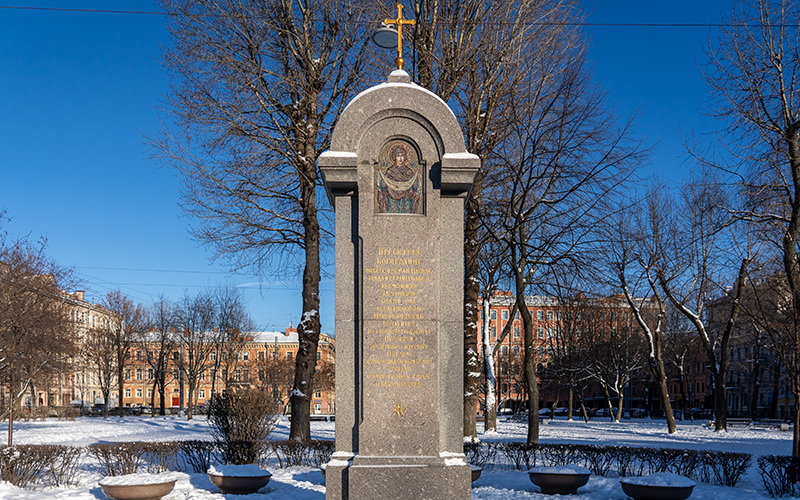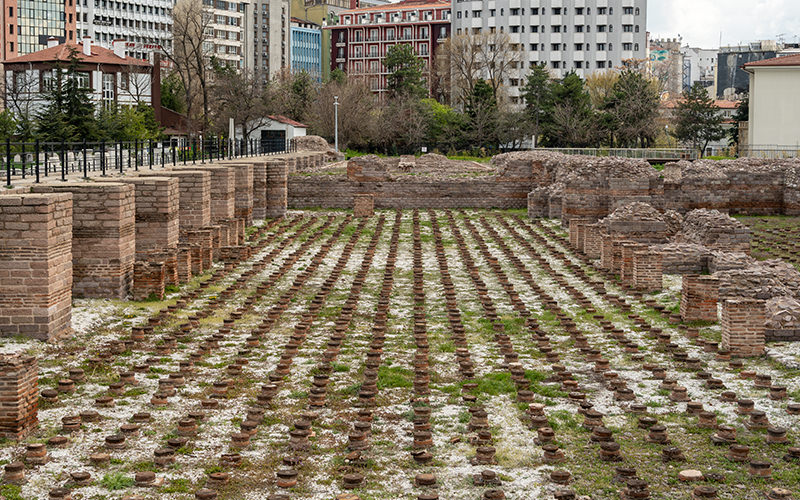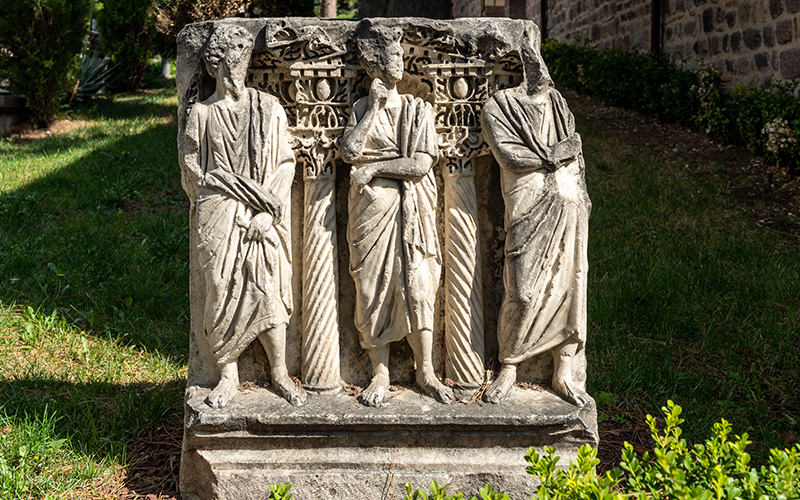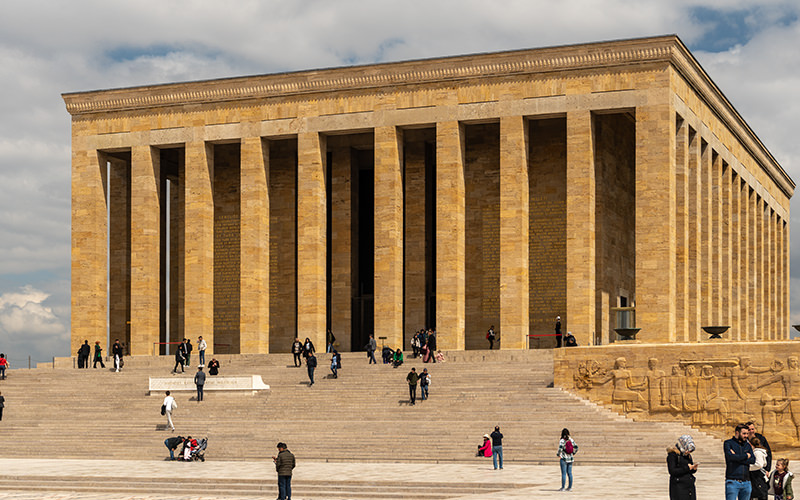During the planning of my travel route in the Turkish capital, Ankara, I noticed one remarkable place on online maps called the Temple of Augustus. After searching for information online, I found out that despite the name, today only the ruins of the ancient structure are located at this site. Nevertheless, during my city walk, I decided to visit to see what remains of the building with a long history.
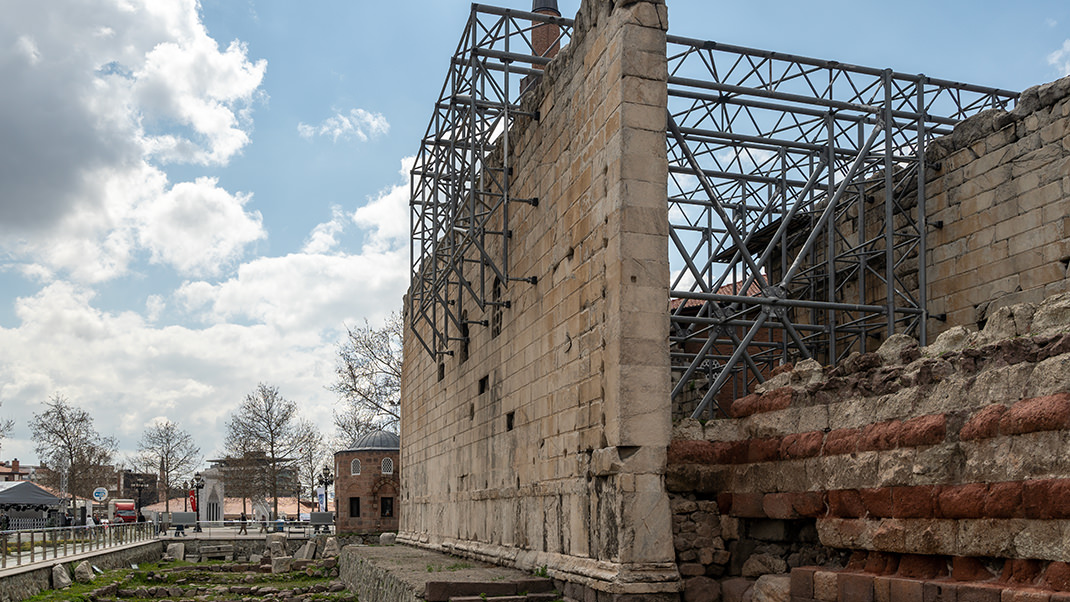
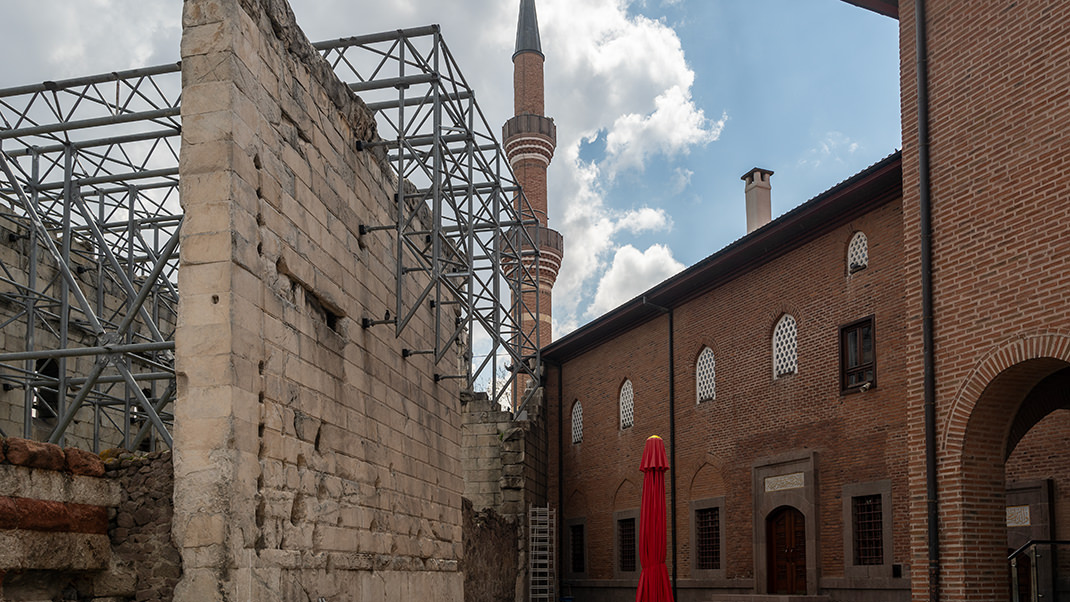
How to Get There by Metro
I visited the remains of the ancient temple during a walking tour of the central part of Ankara. You can plan a similar route using online maps. If you plan to go there by metro, the Ulus station is about a 15-minute walk from here.
To this day, only a few walls have survived from the construction. Next to the monument, there is a mosque and a small square. Exploring the attraction will not take much of your time. You can combine a visit to the temple, for example, with a visit to the Museum of Anatolian Civilizations. I will leave a link to the article about it at the end of my story.
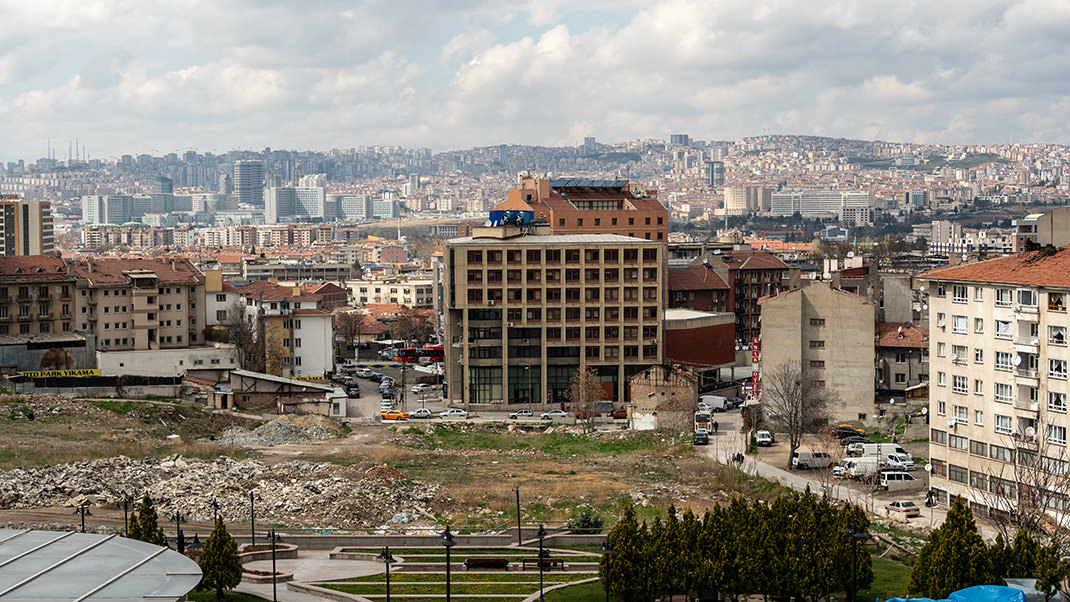
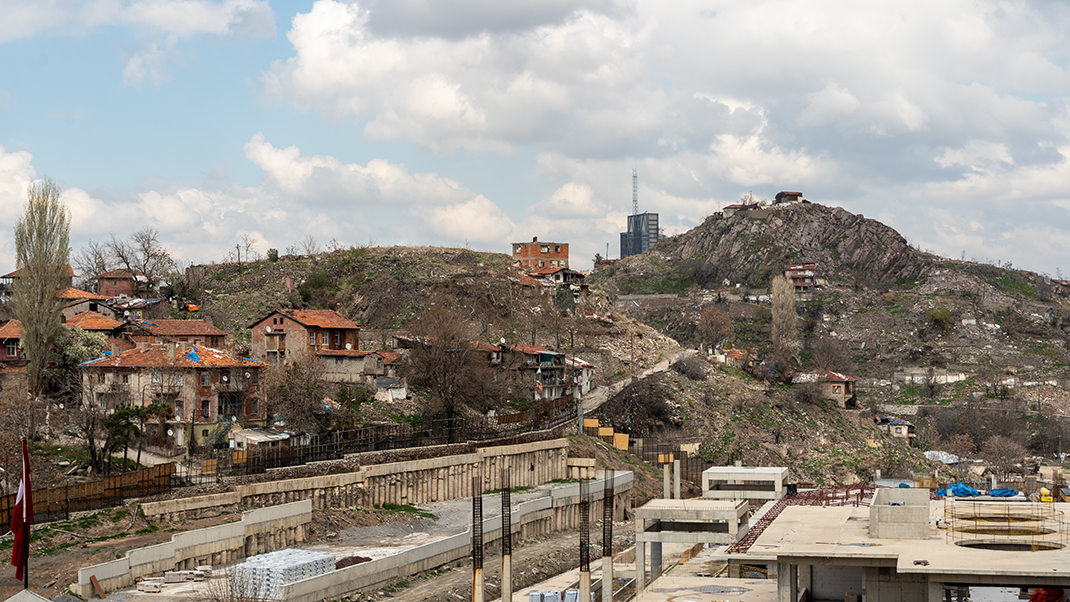
A Bit of History
The temple complex was built on the ruins of an earlier sanctuary in 25–20 BCE. In some sources, it is also called the Temple of Augustus and Rome. Augustus was a Roman emperor, and Rome is the goddess personifying the city of Rome. It is believed that during the Roman era, Ankara reached its greatest prosperity, and the emperor himself, being the ruler of the empire, played a significant role in the city's development, leading to the construction of the temple in his honor.
The size of the building was 36 by 54 meters. The temple complex was located on a platform two meters high, and eight steps led to the entrance of the building.
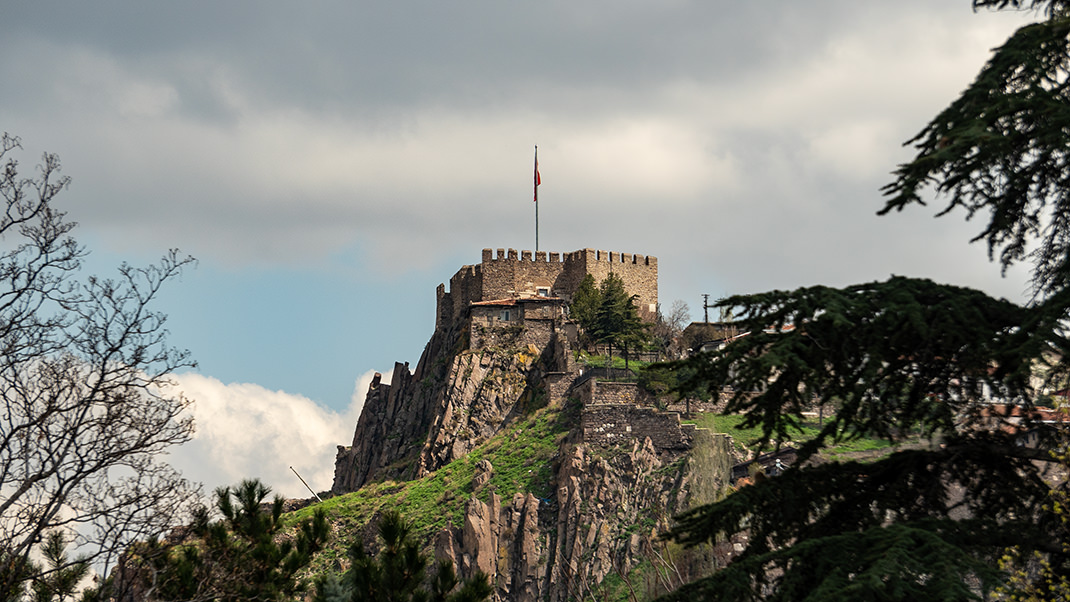

The Temple of Augustus is famous for its bilingual text, once inscribed on its walls. The inscription, known as the Monumentum Ancyranum, was executed in both Greek and Latin and narrated the deeds of Emperor Augustus. Despite many sources indicating that the text was on the walls and columns of the complex, one encyclopedia mentioned the location of the inscriptions on marble tablets installed inside the building.

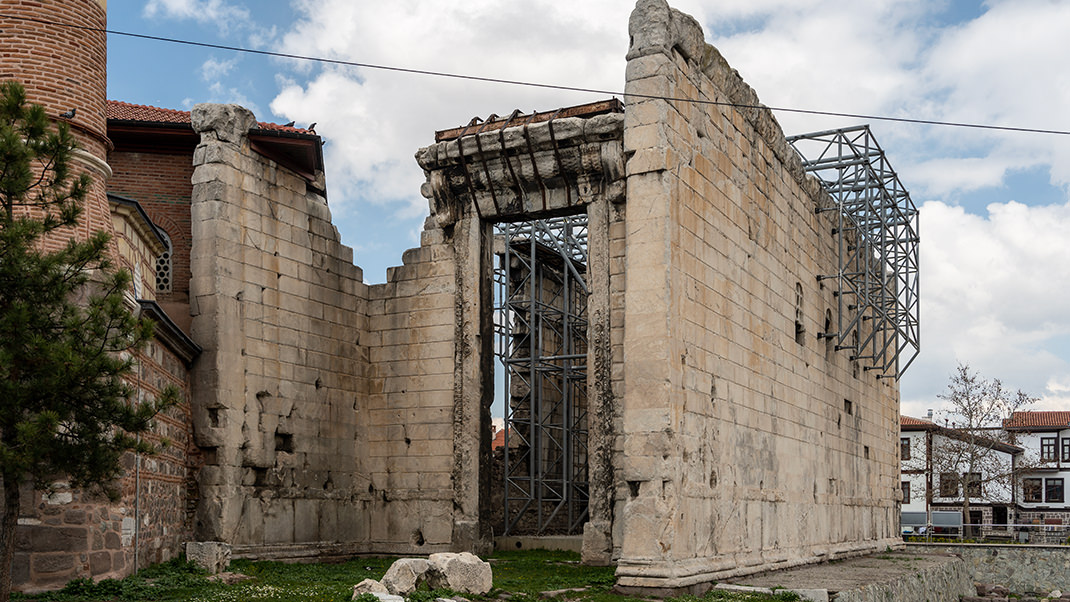
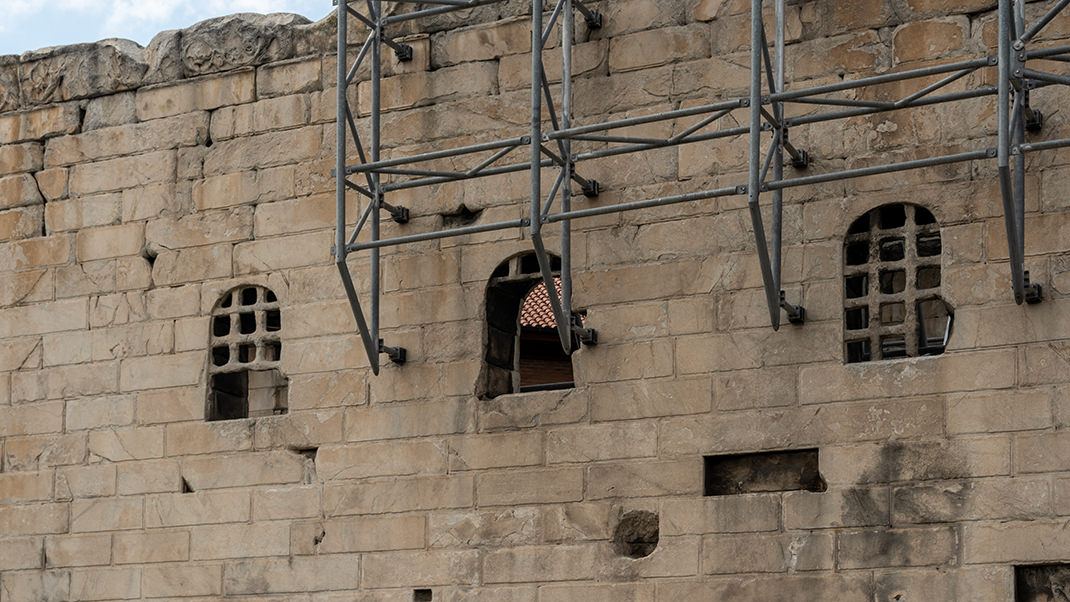
On the information board installed near the ruins of the temple, the text praising Emperor Augustus is called propagandistic: in its 35 chapters, there is no mention of the ruler's mistakes; only his achievements are listed, highlighting his generosity and mercy.


In the 6th century, the ancient temple was transformed into a church. Another 900 years later, a mosque was erected right next to the temple. This structure has survived to this day. From the building of the temple itself, almost nothing remains. Tourists can only see a few impressive walls and a huge portal that probably once served as the entrance to this cult structure.

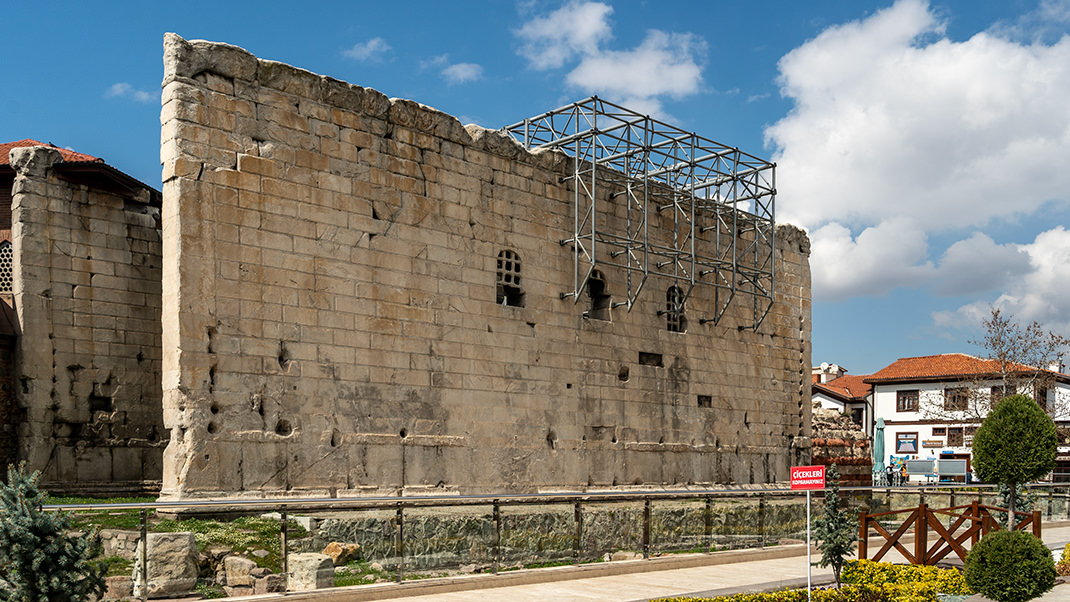
At the end of the story about this ancient monument, as promised, I leave a link to my article about the Museum of Anatolian Civilizations. You can reach it on foot from here in about 15–20 minutes.
Have a nice trip!


